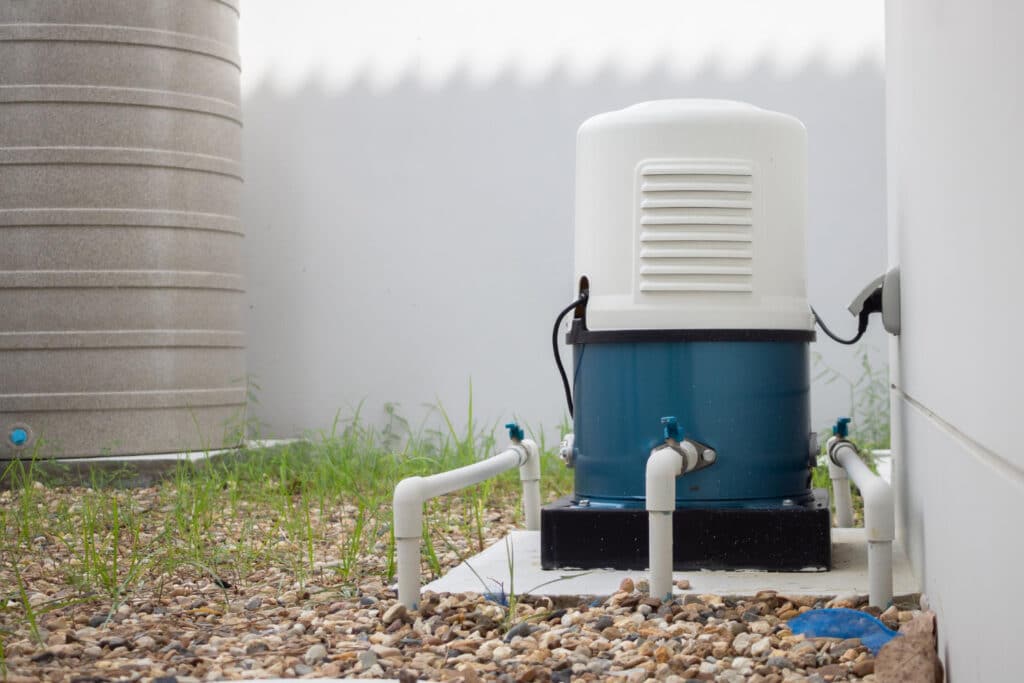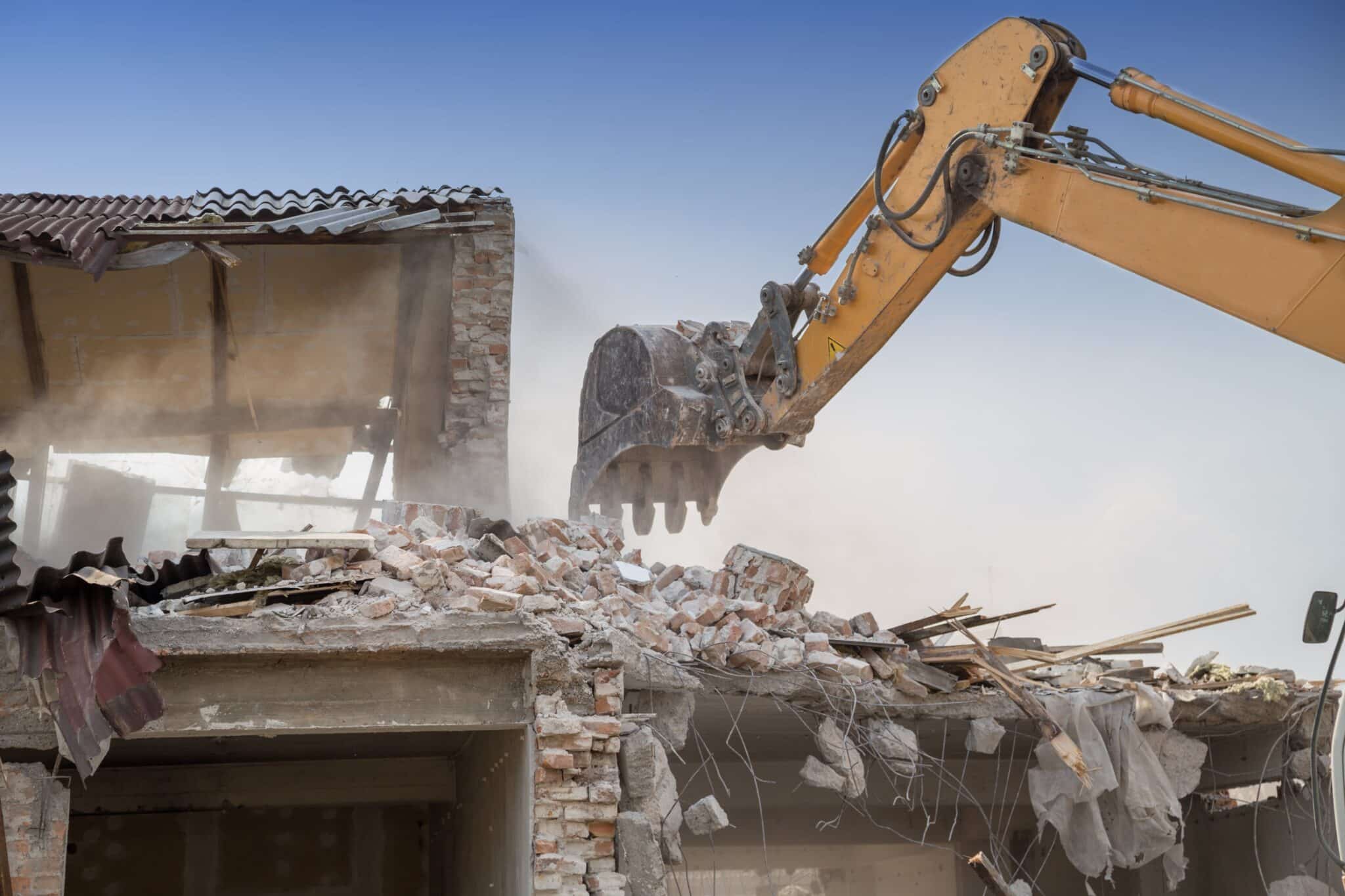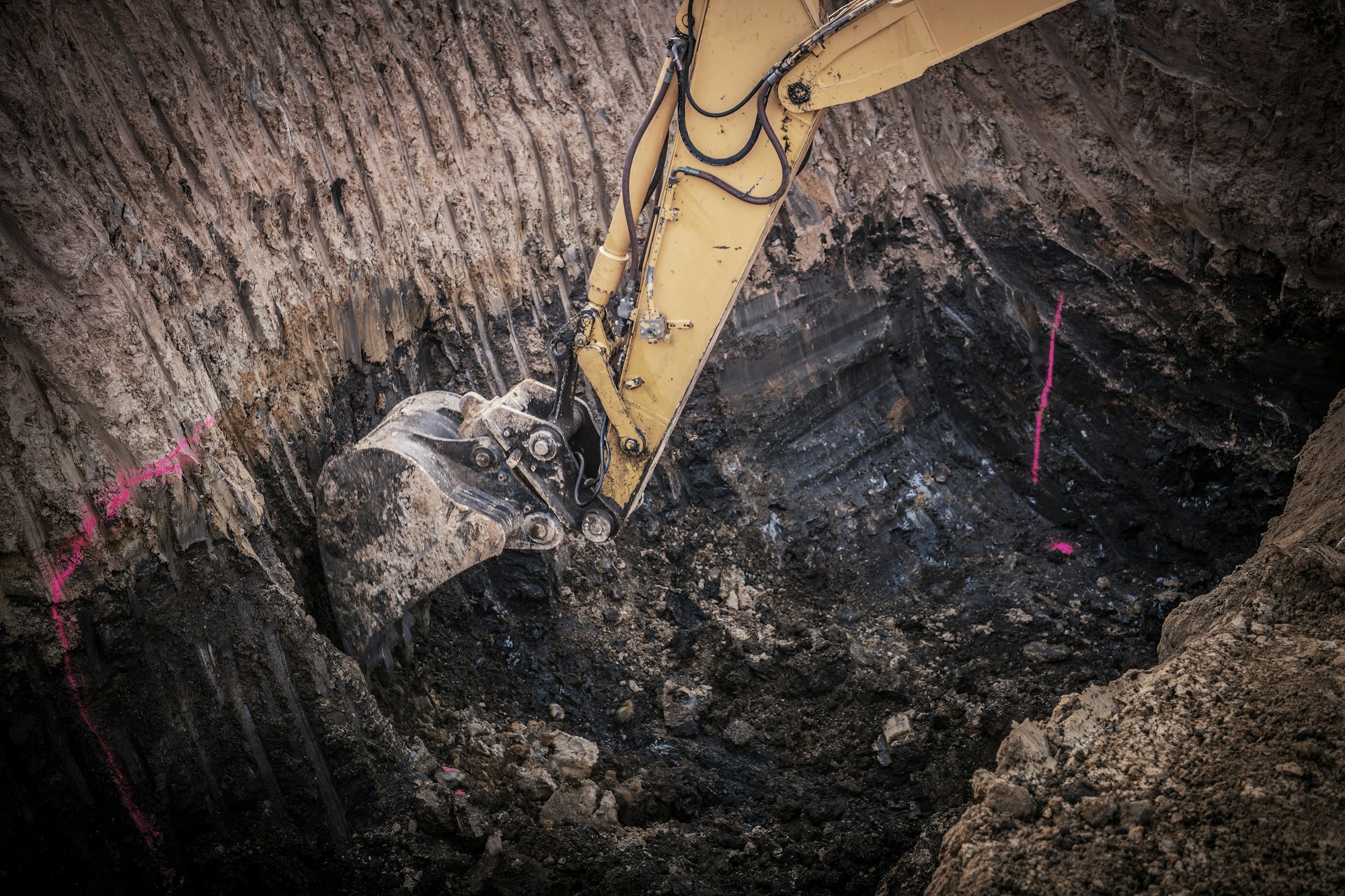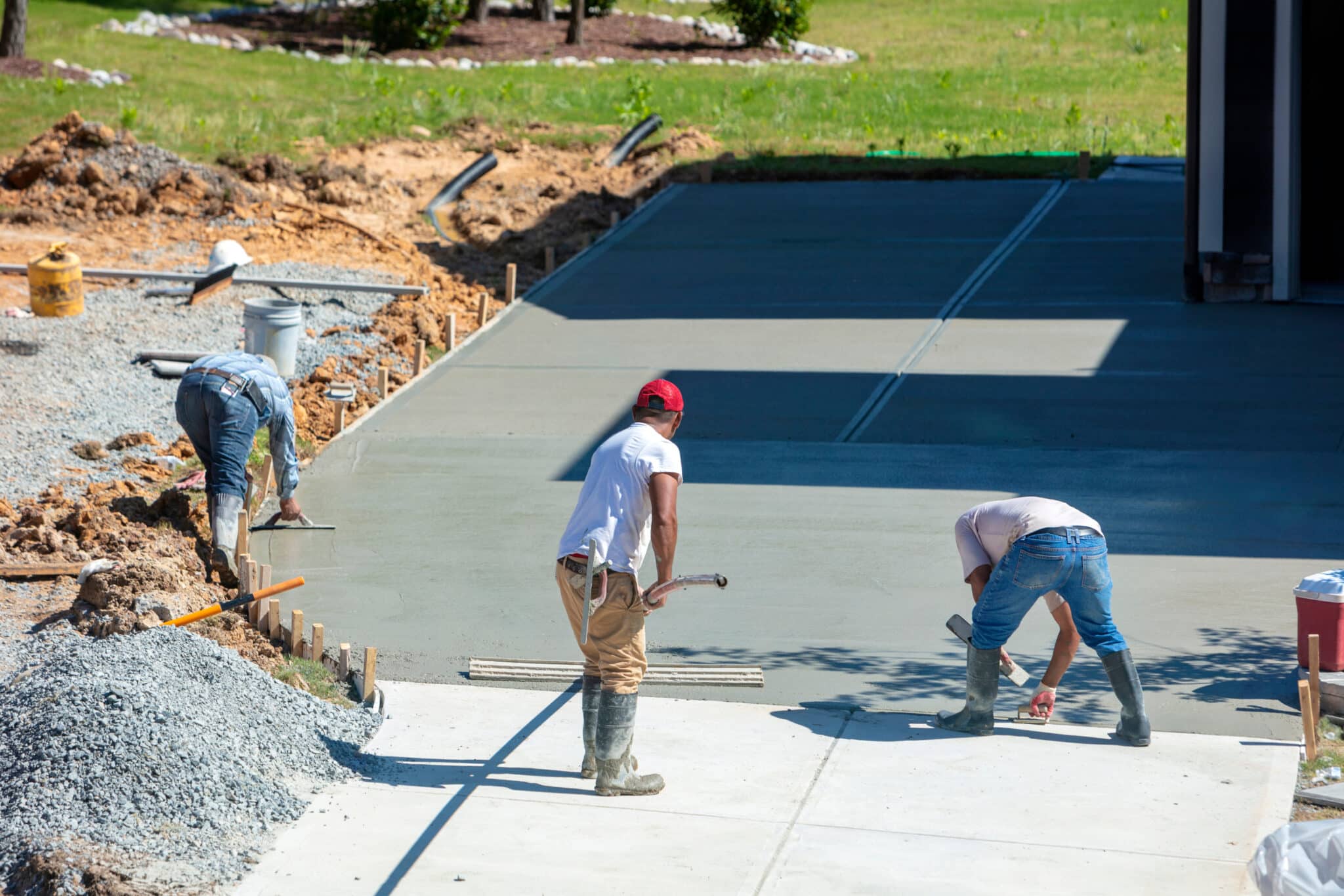Septic tank installations are a key component of waste management, particularly for homes and businesses not connected to public sewage systems. They work by treating and disposing of wastewater in a safe, efficient way. However, while they provide a vital service, their installation comes with its challenges. Commonly encountered issues during installation can lead to long-term problems if not addressed promptly. Understanding and anticipating these challenges can help ensure that your septic system operates smoothly and effectively over time.
One of the major benefits of addressing installation problems early is avoiding costly repairs and maintaining the efficiency of your system. By taking care of potential issues at the onset, homeowners can prevent breakdowns and failures that might disrupt everyday life. Exploring some of the common problems and their solutions offers insight into how to maintain a septic system that stands the test of time. Knowing what to watch for and how to manage these situations is key to keeping your system functioning at its best.
Common Issues with Septic Tank Installations
Septic tank installations encounter a variety of challenges, but knowing the main areas to watch helps put you ahead of any potential issues.
Incorrect Placement
When improperly placed, a septic tank can lead to numerous headaches. For example, placing it too close to trees might result in roots infiltrating the system, causing blockages or damage. Worse yet, installing it near the building foundation can pose significant risks if leakage occurs.
The solution often begins with a detailed site assessment from professionals. They’ll evaluate the landscape and environmental factors, ensuring the tank is positioned in a way that maximizes its functionality and lifespan. A well-placed septic tank minimizes maintenance challenges and potential failures.
Poor Soil Conditions
Soil quality plays a huge role in the functioning of a septic system. Issues like poor drainage or compacted soil can prevent proper waste filtration, potentially leading to system overload.
Conducting a soil test before installation can help identify any problems. If issues are found, engineers can recommend corrective actions, such as soil amendment or selecting a suitable location for the tank. Ensuring the soil conditions are appropriate sets the stage for efficient waste processing.
Inadequate Ventilation
Septic systems require good ventilation to prevent gas build-up and allow for proper aerobic decomposition of organic matter. Signs of poor ventilation include unpleasant odors or sluggish system performance.
Improving ventilation might involve upgrading ventilation pipes or scheduling regular inspections to ensure vents remain clear and functional. Keeping the ventilation in top condition helps the system operate efficiently and limits the risk of unpleasant surprises.
Addressing these issues head-on and employing preemptive strategies makes a significant difference in the reliability and efficiency of a septic tank system. By approaching the installation with these potential complications in mind, homeowners can look forward to years of trouble-free service from their systems.
Use of Low-Quality Materials
Low-quality materials in septic tank systems often lead to short lifespans and frequent issues. For instance, using cheap pipes can result in leaks, which may cause contamination or costly repairs. Over time, these materials may degrade faster than expected, leading to more frequent maintenance and possible system failures.
Choosing the right materials from the get-go is crucial. Quality components ensure the system is robust and up to the task of handling waste efficiently. When planning an installation, consult with professionals who can recommend the best options for specific needs. Investing in good materials upfront might seem costly, but it pays off in the long run by reducing the need for frequent replacements and repairs.
Preventative Measures and Regular Maintenance
Keeping your septic tank system in top shape involves more than just addressing problems as they arise. Regular maintenance and preventive measures are key to avoiding major issues. Here’s a basic checklist to ensure everything runs smoothly:
– Routine Inspections: Schedule regular check-ups to catch minor issues before they turn into bigger problems.
– Proper Usage: Be mindful of what goes into the system. Avoid flushing non-degradable items or pouring grease down drains.
– Regular Pumping: Depending on the size of the tank and household usage, regular pumping might be necessary to prevent overflow.
Continual upkeep is not just about ticking boxes; it’s about extending the life of the system. A little effort in maintenance can go a long way in making sure your septic system remains hassle-free and efficient.
Preparing for a Smooth Installation Process
Laying the groundwork for a septic tank installation is just as important as dealing with its post-installation life. Ensuring a smooth process from the start helps prevent complications later on. Here are a few tips for a seamless experience:
– Communicate Clearly: Make sure everyone involved, from contractors to family members, understands the plan and follows basic guidelines.
– Know Local Regulations: Familiarize yourself with any local laws or requirements that pertain to septic system installations.
– Plan the Layout: Work with professionals to outline where everything should go, taking into account factors such as distance from water sources and property lines.
By preparing thoroughly, you’re setting up your septic system for success. Taking these initial steps saves time and effort later and ensures the transition to using the new system is as smooth as possible.
Ensuring Long-Term Efficiency
To keep your septic system in good condition, focus on consistent upkeep and timely interventions. Regular monitoring helps you spot potential trouble spots before they turn into significant issues. Simple actions, such as routine inspections and timely repairs, prevent minor hiccups from escalating into costly repairs.
Think of your septic system as an old car. Regular oil changes and maintenance keep it running smoothly. Similarly, staying on top of septic system care helps prevent any surprise breakdowns. Consider setting reminders for key maintenance activities, and don’t hesitate to reach out to professionals when you notice something off.
With the right care and attention, septic systems can provide reliable service for years. By understanding common problems and implementing solutions proactively, homeowners ensure their waste management systems remain efficient and trouble-free.
Keeping your septic system in optimal condition doesn’t have to be a hassle. For those looking to ensure their system is expertly installed and maintained, consider enlisting professional help. McMichael Waste Services offers a comprehensive solution for septic tank installation and pumping. With expert insights and a commitment to quality, rest assured that your investment will be long-lasting and efficient. Reach out today to see how we can help keep your waste management system trouble-free for years to come.









